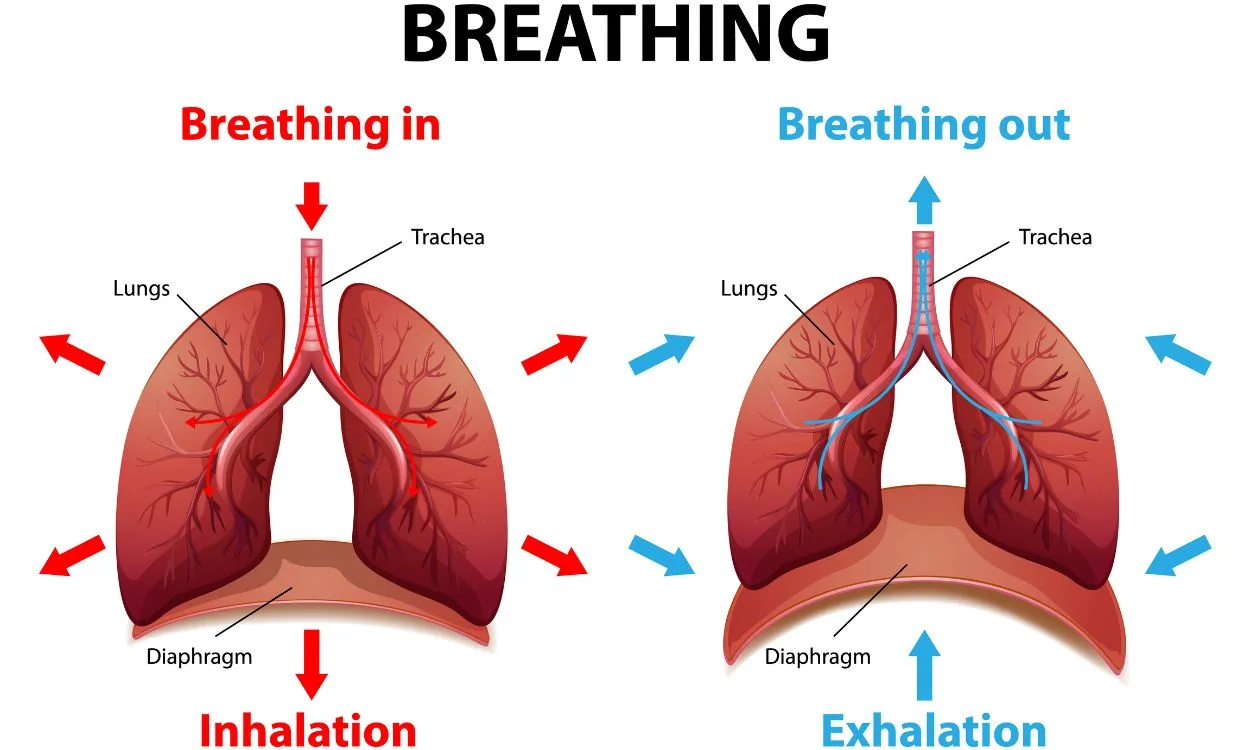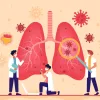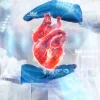How do the lungs function?
Have you ever wondered how you breathe and how your body gets the oxygen it needs? The answer lies in the incredible function of our lungs. The lungs are a vital part of our respiratory system, responsible for exchanging oxygen and carbon dioxide with each breath we take. Let’s take a closer look at how the lungs function and why they are so essential for our overall well-being.
The Anatomy of the Lungs
Before we dive into the functioning of the lungs, let’s understand their structure. The lungs are paired, cone-shaped organs located in the chest cavity. They are protected by the ribcage and separated by the heart in the middle. Each lung is divided into lobes – the right lung has three lobes, while the left lung has two lobes, allowing space for the heart.
Within the lungs, there is a complex network of airways called bronchial tubes. These tubes branch out into smaller and smaller airways, ultimately ending in tiny air sacs called alveoli. It is within these alveoli that the exchange of oxygen and carbon dioxide takes place.
The Breathing Process
Breathing, also known as respiration, is an involuntary process that occurs continuously without us even realizing it. It involves two distinct phases – inhalation and exhalation.
- Inhalation: When you inhale, or take a breath in, several muscles work together to expand the thoracic cavity. The diaphragm, a dome-shaped muscle located at the base of the lungs, contracts and moves downward, while the intercostal muscles between the ribs contract, lifting the ribcage up and out. This expansion increases the volume of the chest cavity, creating negative pressure within the lungs. As a result, air rushes in through the airways and fills the alveoli.
- Exhalation: Exhalation, or breathing out, is a passive process that occurs when the muscles involved in inhalation relax. The diaphragm moves back up, and the intercostal muscles relax, causing the ribcage to return to its resting position. This reduces the volume of the thoracic cavity, increasing the pressure within the lungs. The excess air is then forced out through the airways and expelled from the body.
Gas Exchange in the Lungs
Now that we understand how air enters and leaves the lungs, let’s explore the process of gas exchange that occurs within the alveoli.
As the oxygen-rich air enters the alveoli during inhalation, it diffuses across the thin walls of the alveoli and into the surrounding capillaries – tiny blood vessels. Oxygen molecules bind to red blood cells, which transport them to every part of the body. At the same time, carbon dioxide, a waste product generated by our body’s cells, diffuses from the capillaries into the alveoli. During exhalation, the carbon dioxide is expelled from the body.
This continuous exchange of gases allows our body to obtain the oxygen it needs for vital functions, such as cellular respiration, and eliminate the carbon dioxide produced as a result. It’s a remarkable process that ensures the proper functioning of our organs and tissues.
Taking Care of Your Lungs
Our lungs play a crucial role in our overall health and well-being. To maintain optimal lung function, it’s important to adopt healthy habits and take care of our respiratory system. Here are a few tips to keep your lungs in top shape:
- Avoid smoking: Smoking damages the lungs and increases the risk of respiratory diseases, such as chronic obstructive pulmonary disease (COPD) and lung cancer. If you smoke, quitting is the best thing you can do for your lung health.
- Exercise regularly: Regular physical activity helps strengthen the lungs and improves lung capacity. Aim for at least 30 minutes of moderate aerobic exercise, such as brisk walking or cycling, most days of the week.
- Practice good posture: Maintaining good posture allows your lungs to fully expand and receive more oxygen with each breath. Sit and stand up straight, keeping your shoulders back and your chest open.
- Avoid exposure to pollutants: Minimize your exposure to airborne pollutants, such as secondhand smoke, outdoor air pollution, and indoor pollutants like dust and chemicals. Use air purifiers and ensure proper ventilation in your living spaces.
- Stay hydrated: Drinking an adequate amount of water helps keep the mucus membranes in your respiratory system moist, which supports healthy lung function.
Discover Fitpaa for Optimal Health and Fitness
If you’re looking to improve your overall health and fitness, Fitpaa is here to help. Our purpose-driven approach and cutting-edge technology are designed to guide you towards achieving your goals with guaranteed results. With Fitpaa, you get personalized support from a team of experts including fitness coaches, nutritionists, and doctors.
By taking the Metabolism Assessment, you can identify the root cause of your health condition and receive a personalized Fitpaa Capsule. This comprehensive plan incorporates medical therapy, nutrition therapy, exercise therapy, and cognitive behavior therapy to optimize your metabolism and help you achieve your health and fitness goals.
The Fitpaa app provides real-time guidance, tracking tools, and a virtual workout trainer to make following your Fitpaa Capsule easy and enjoyable. Our team of experts regularly reviews your progress and makes adjustments as needed, ensuring you stay on track towards achieving your desired results.
Take a step towards a healthier, fitter you by downloading the Fitpaa app today. Experience the joy of reaching your health and fitness goals with guaranteed results. Your well-being is our mission, and we are dedicated to helping you transform your life.









